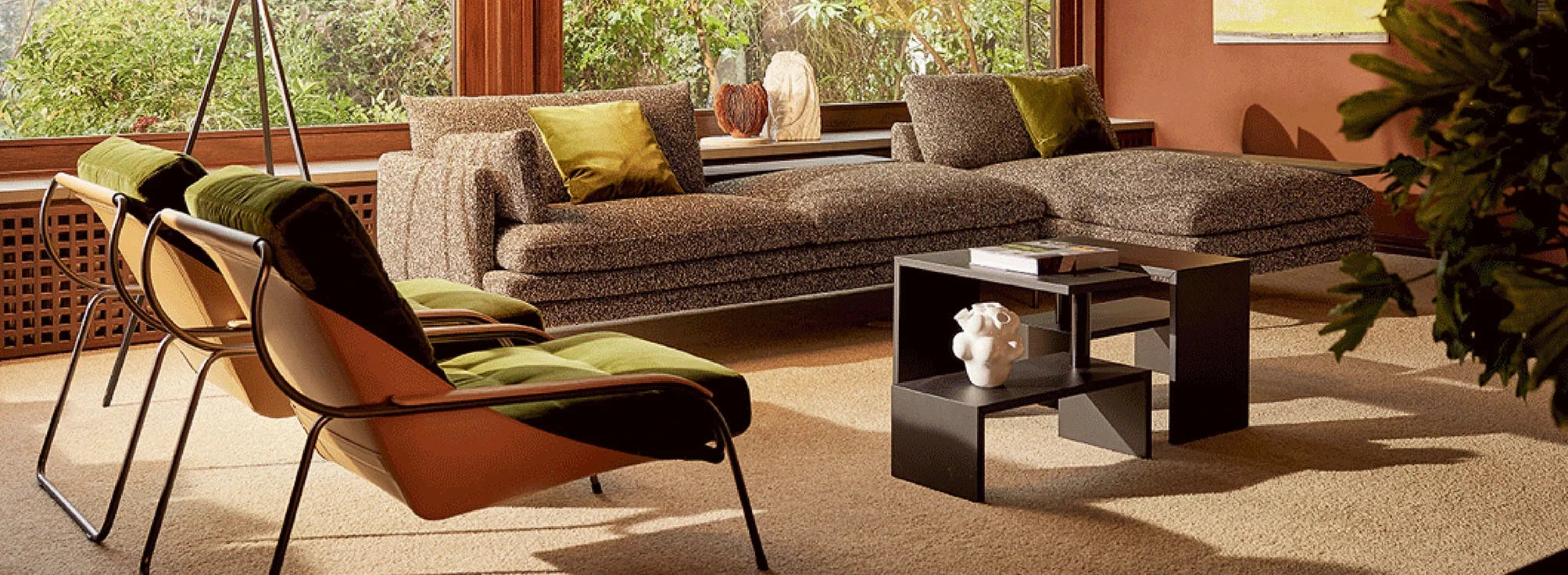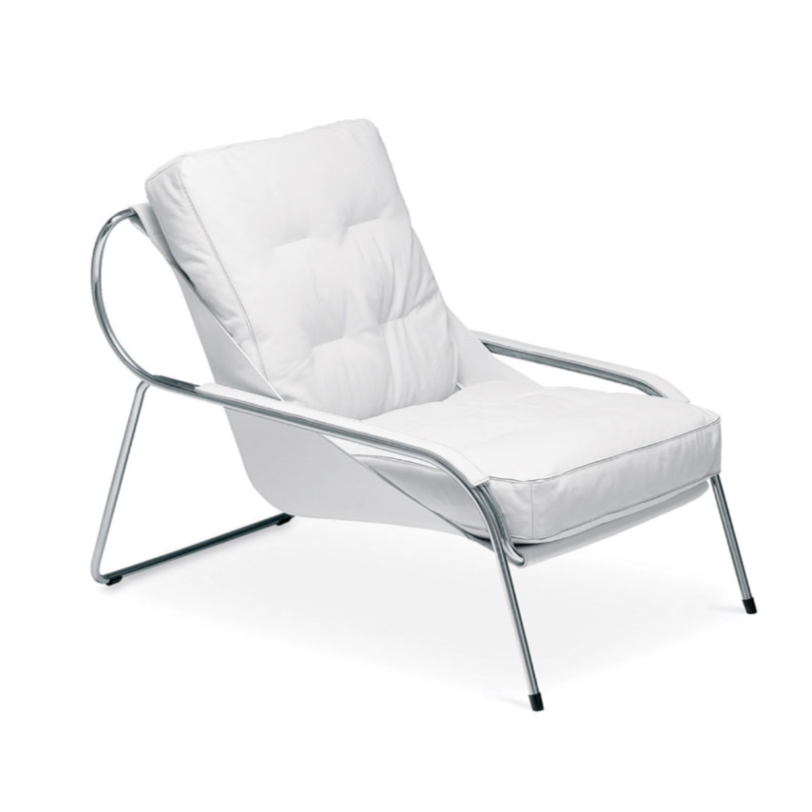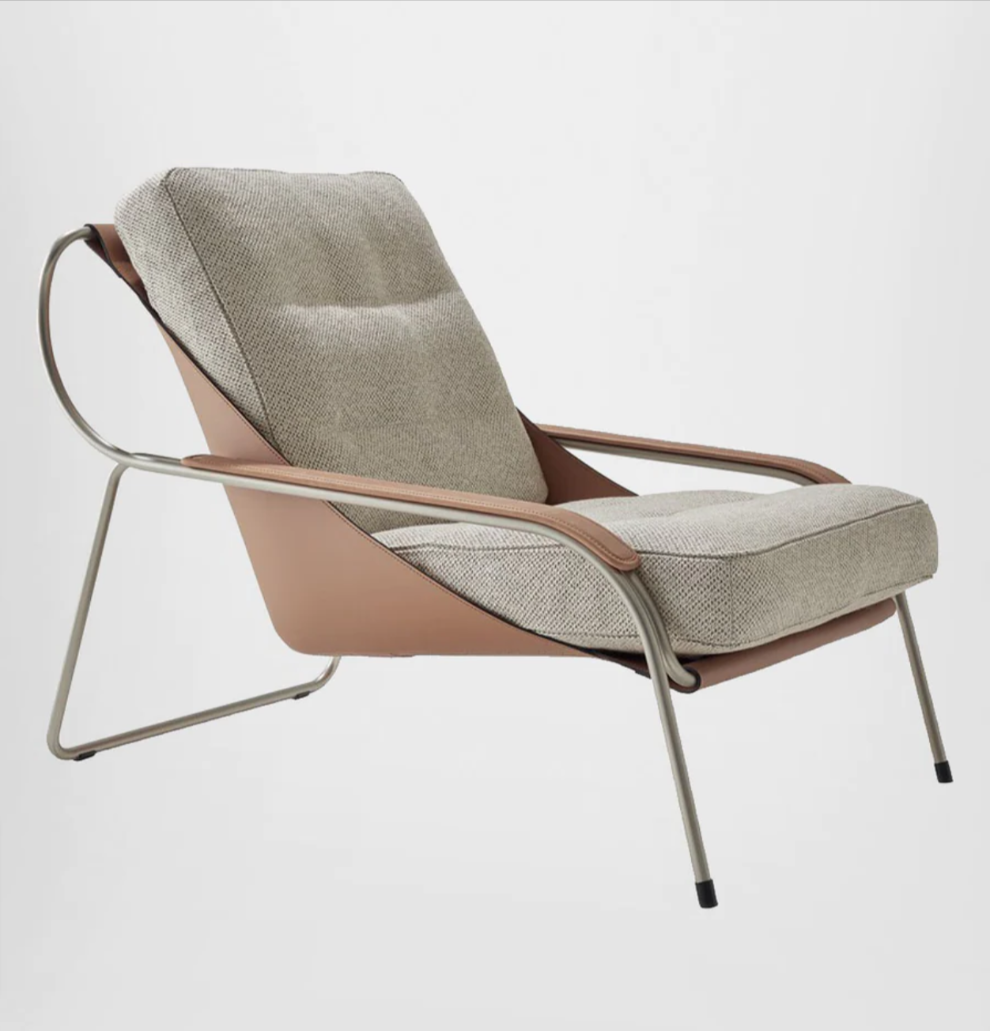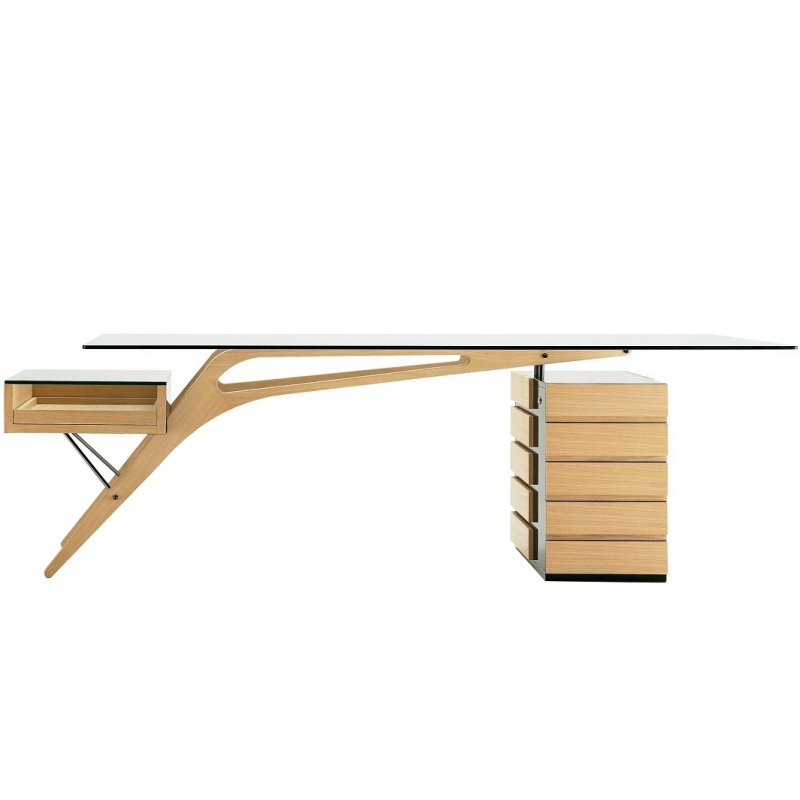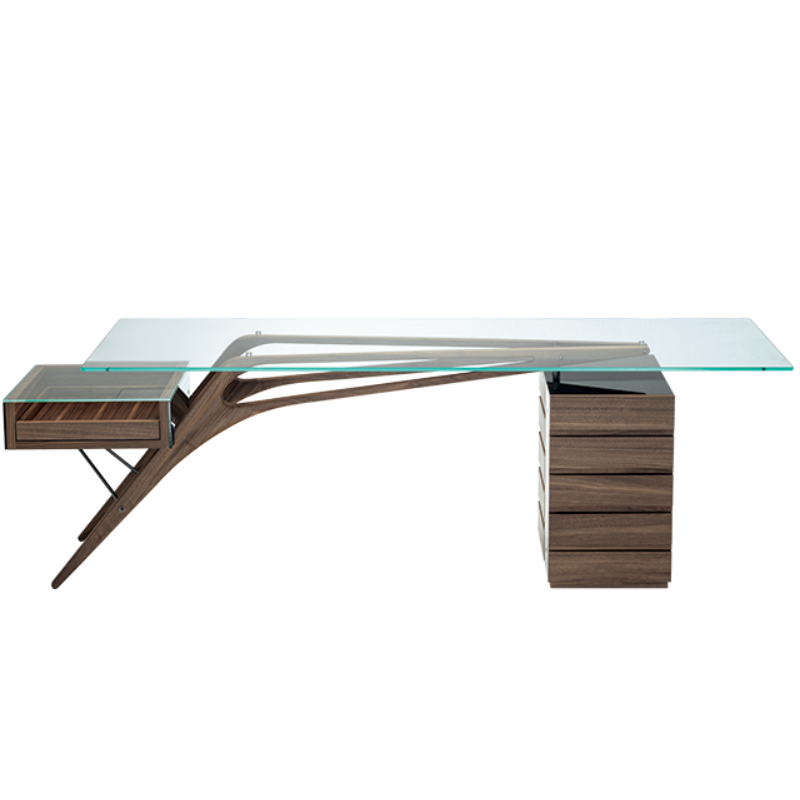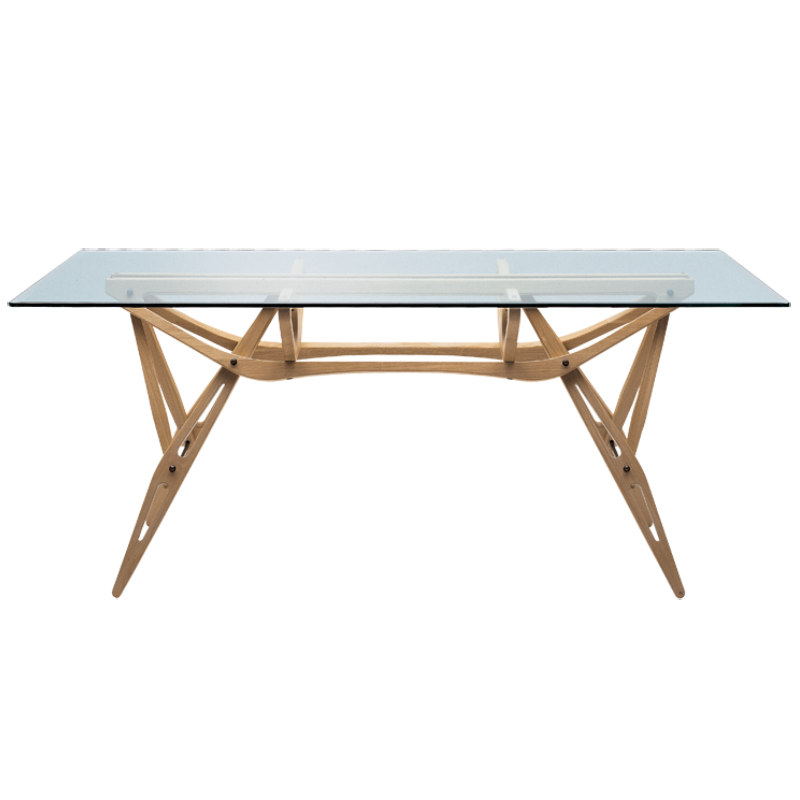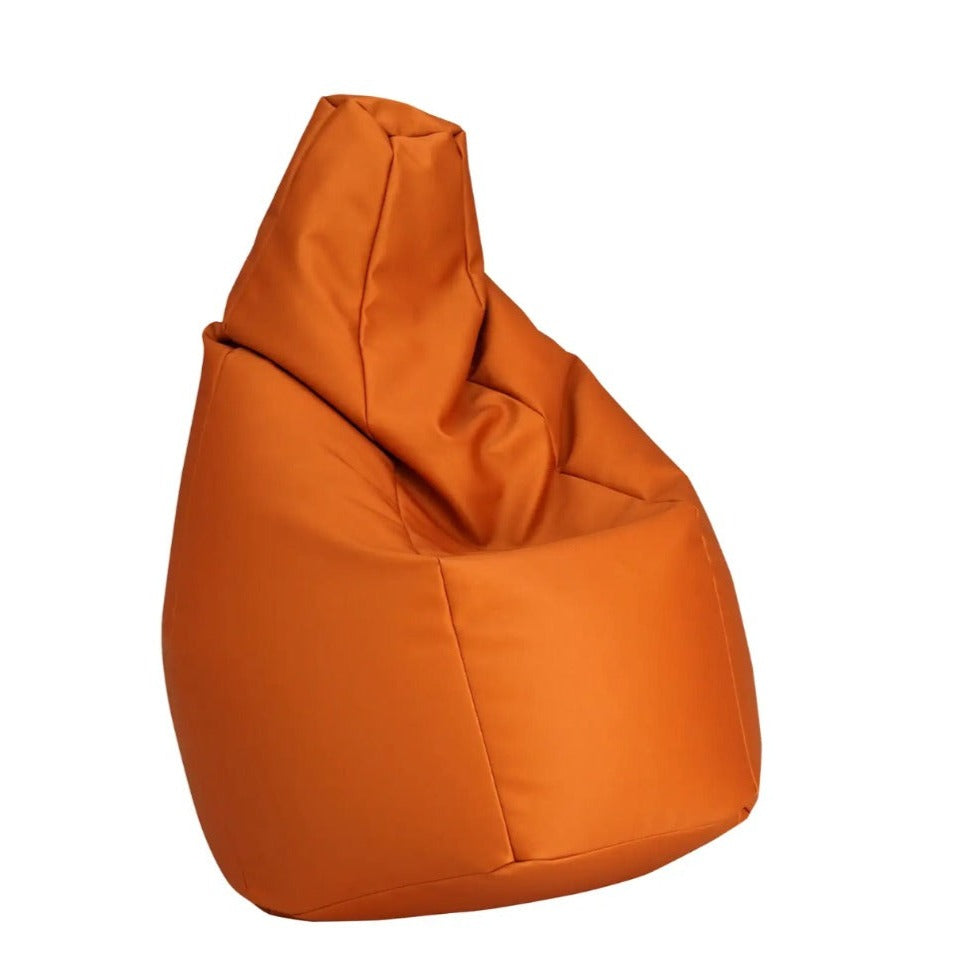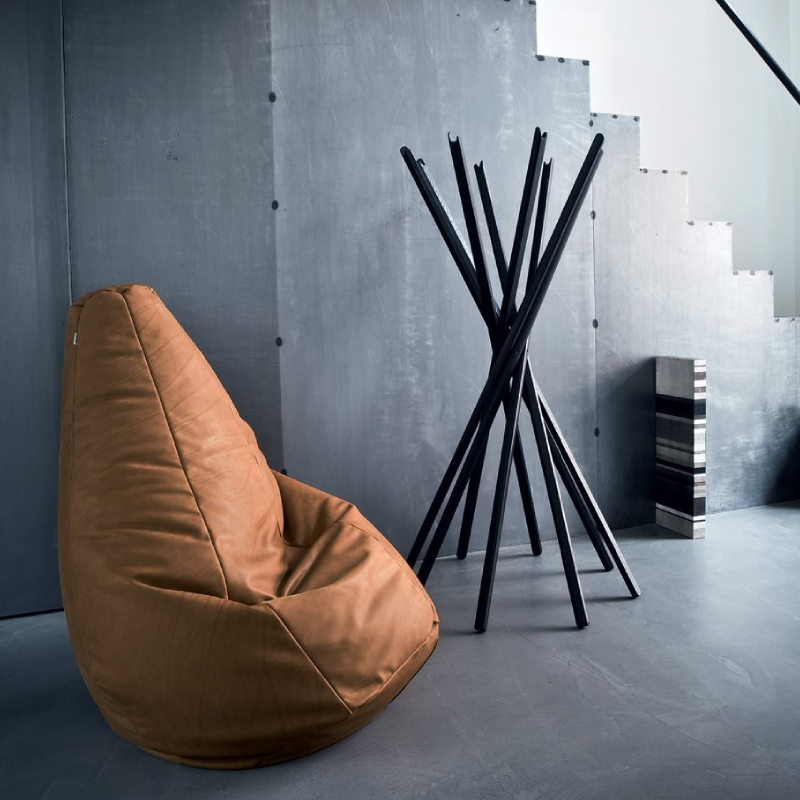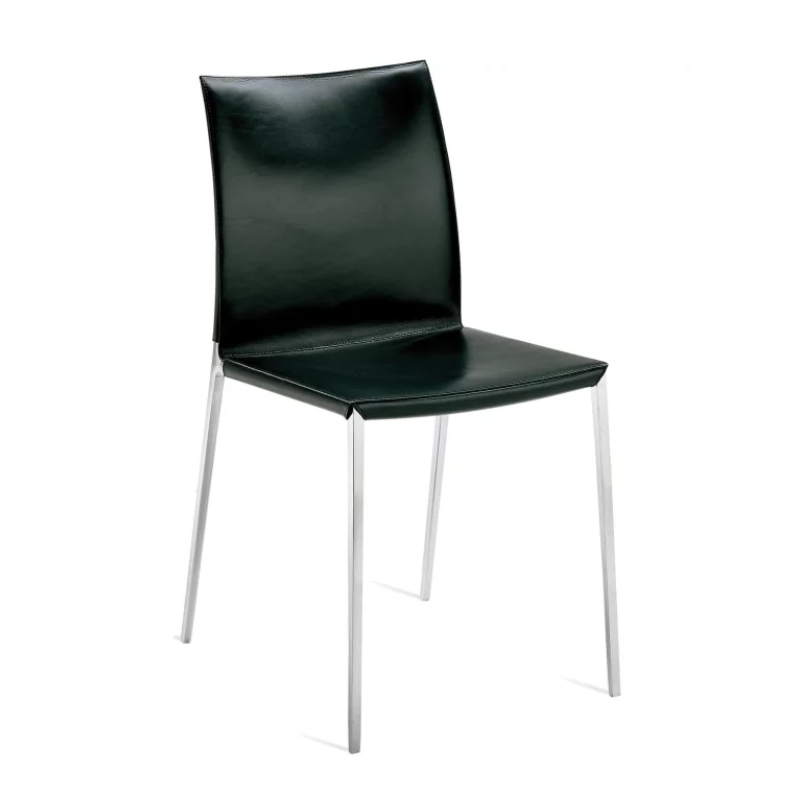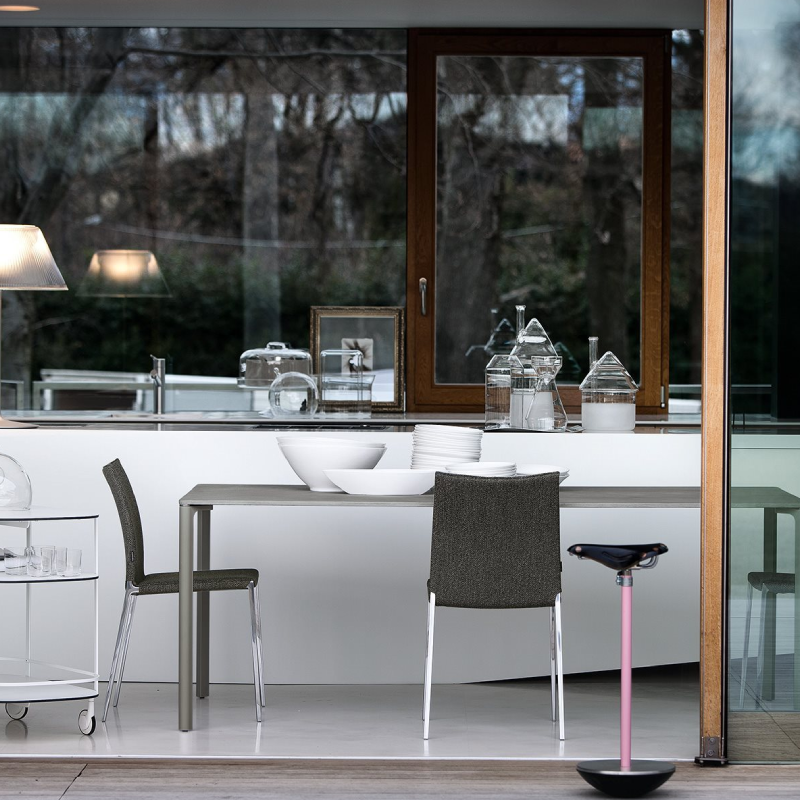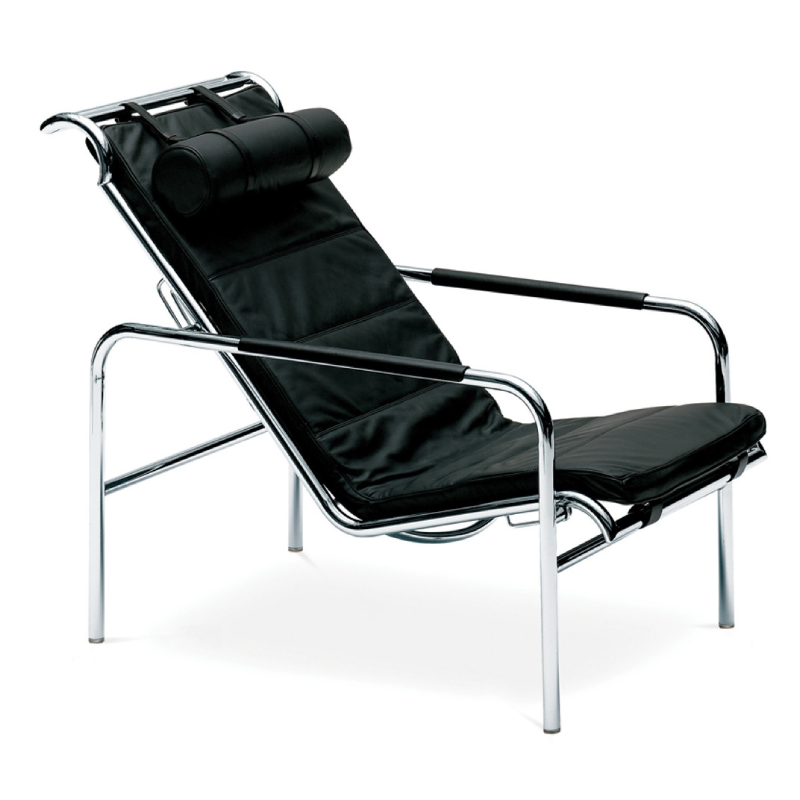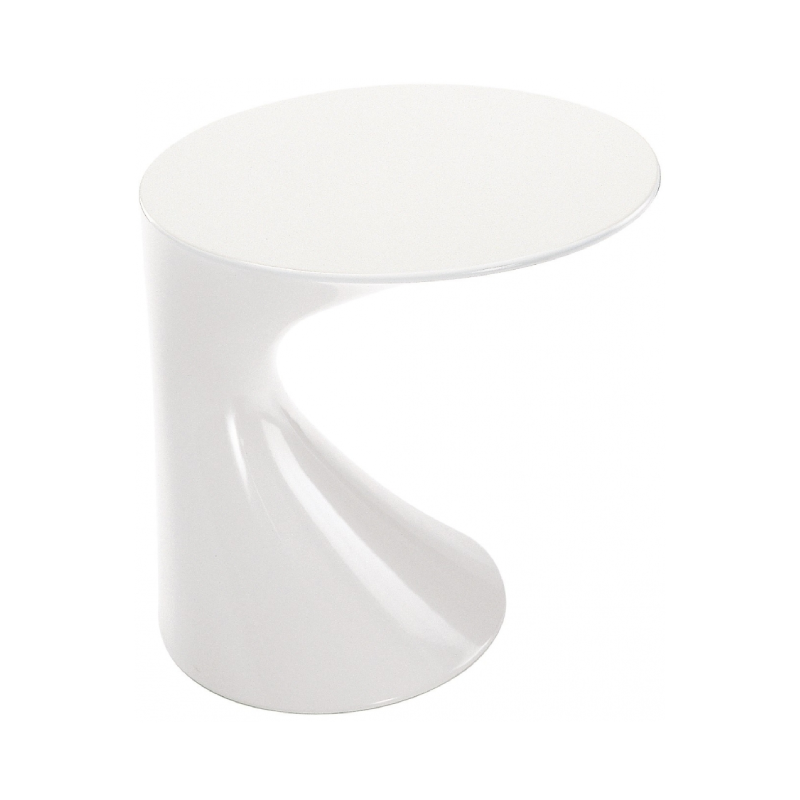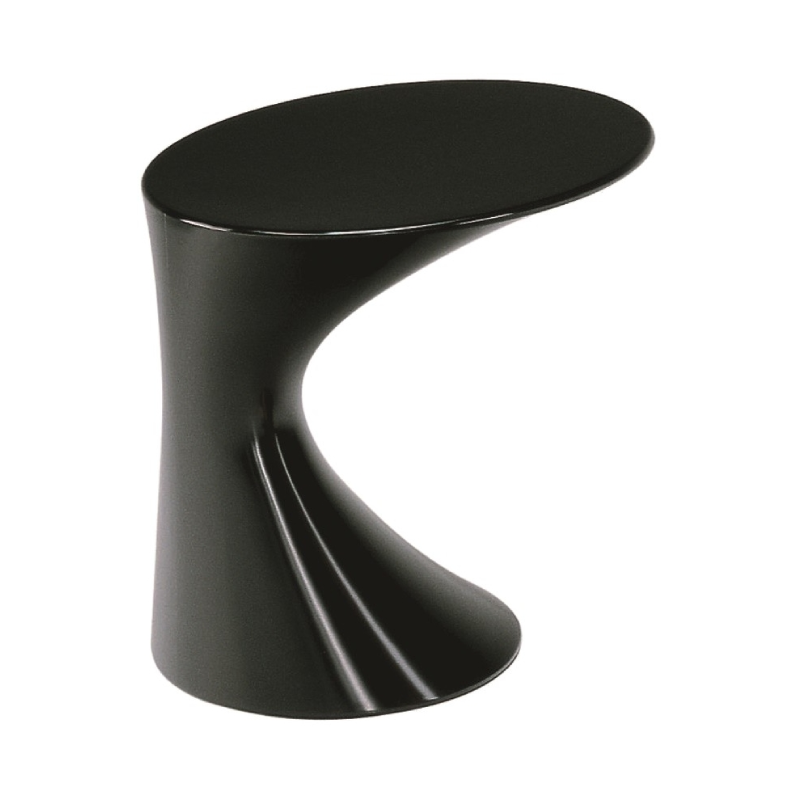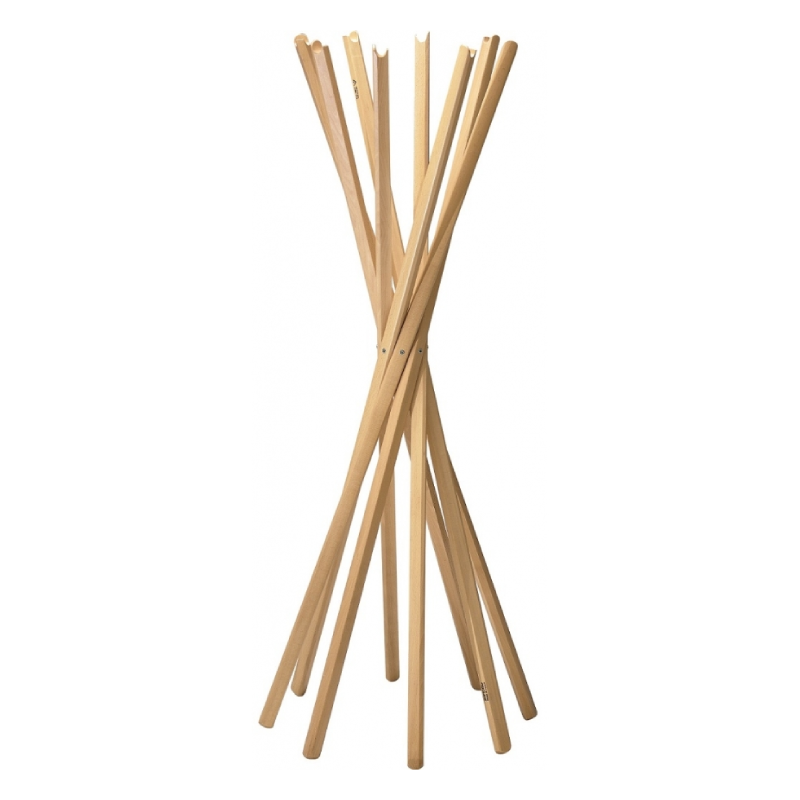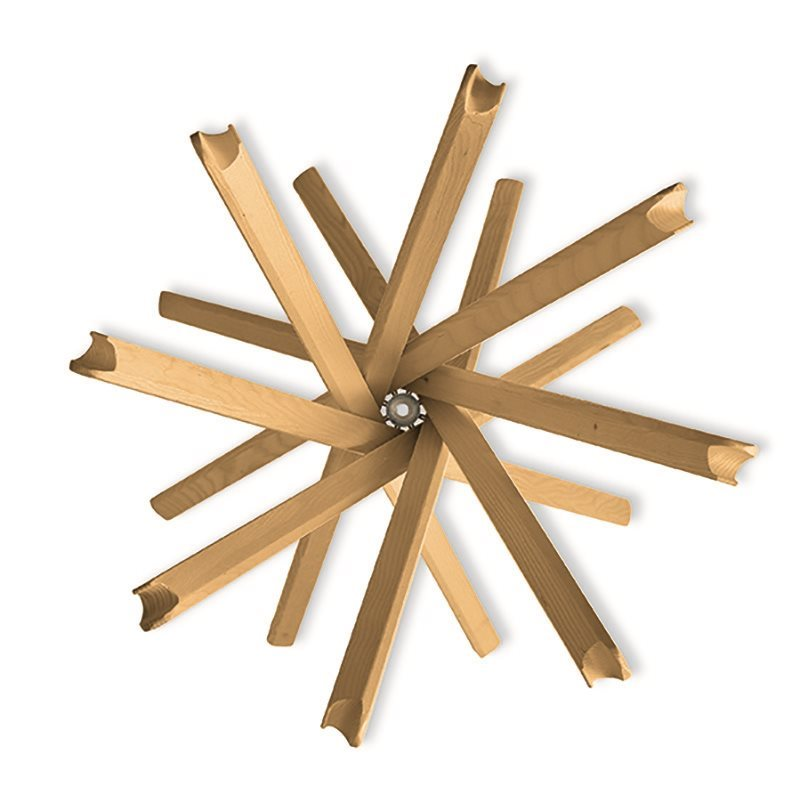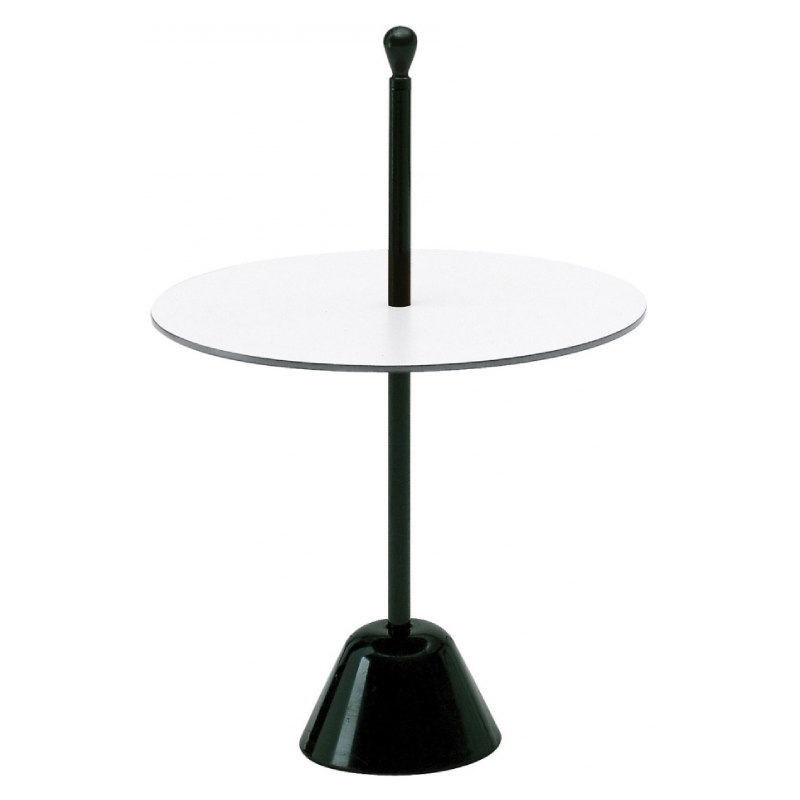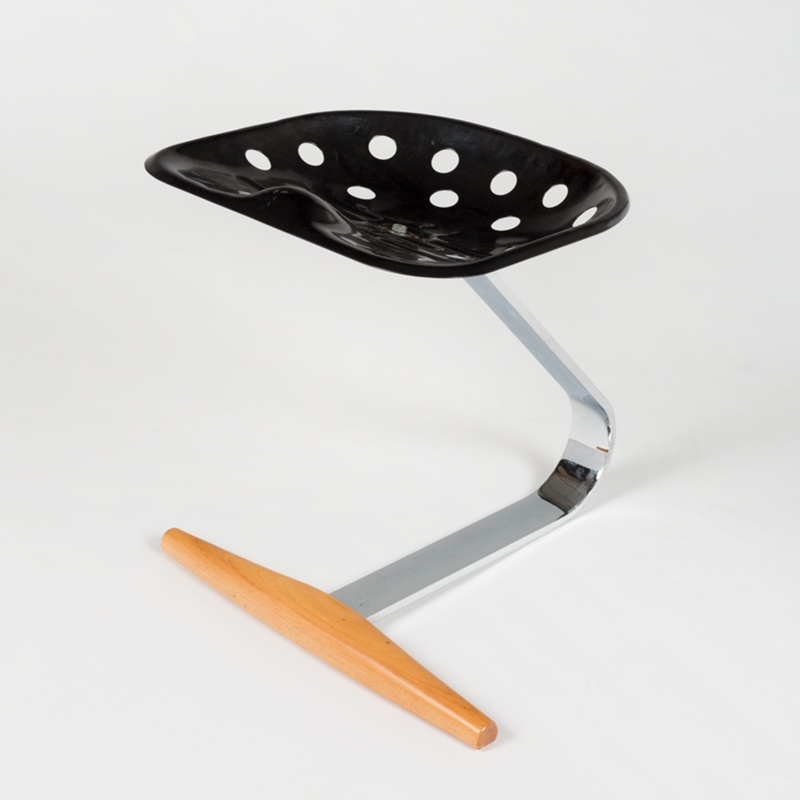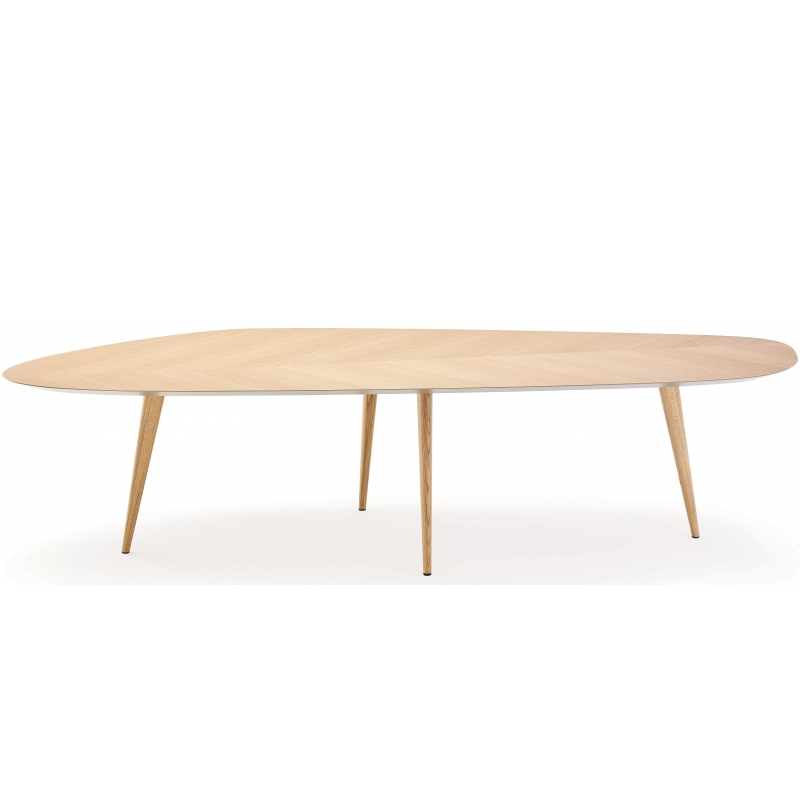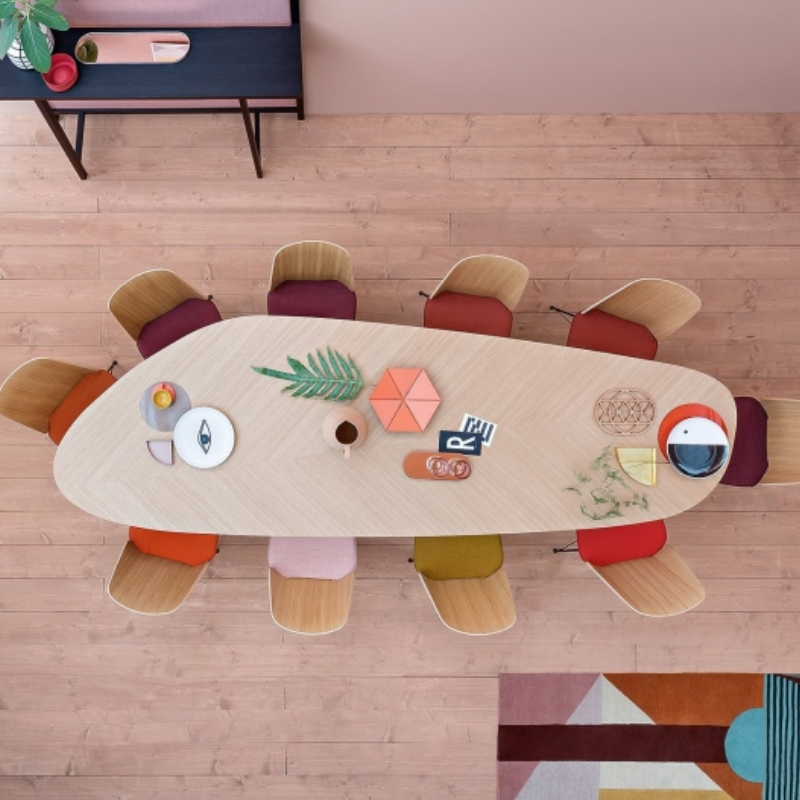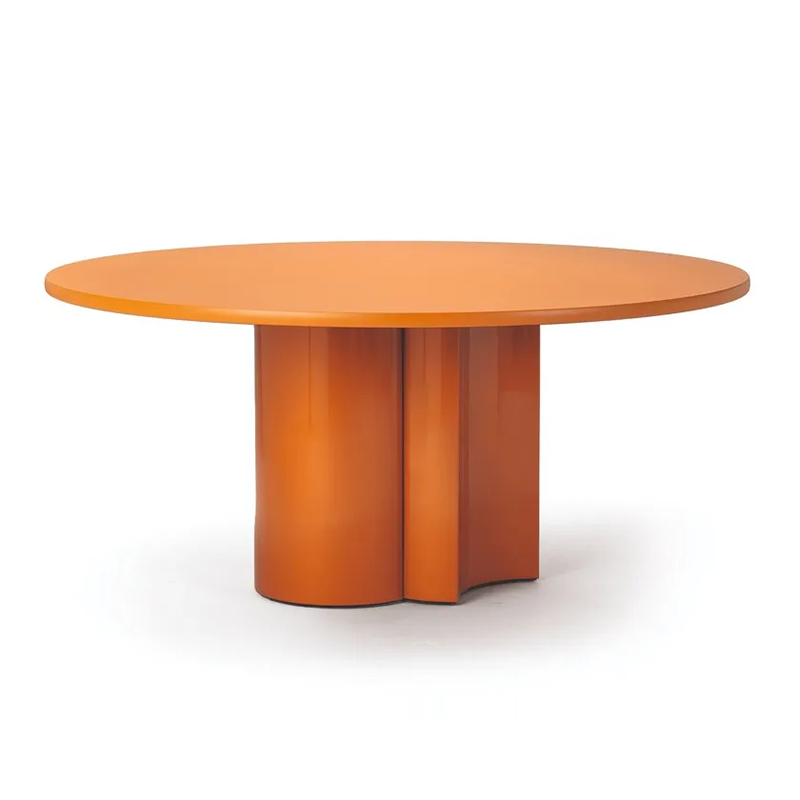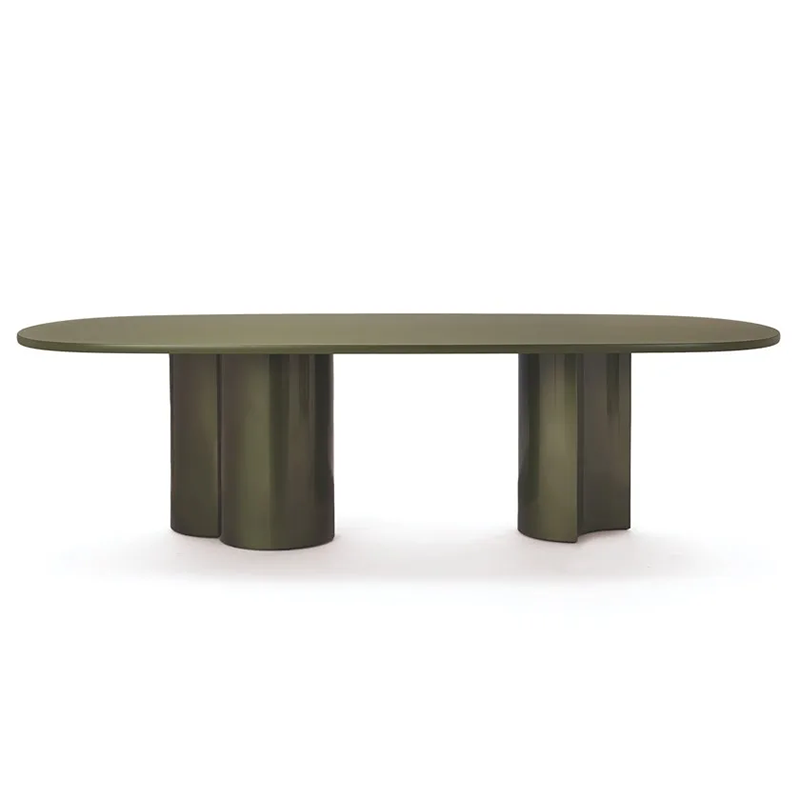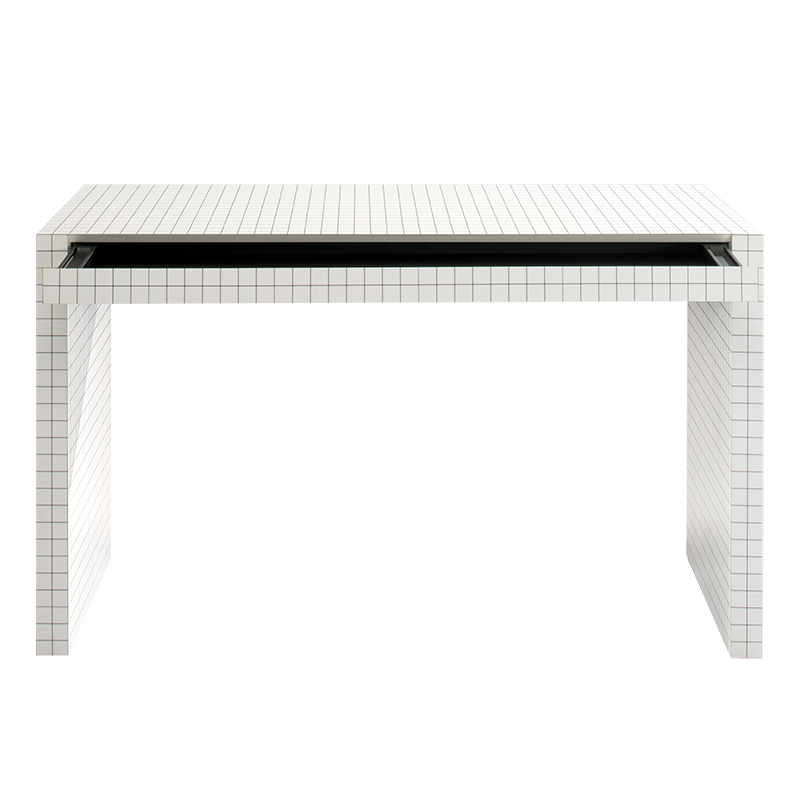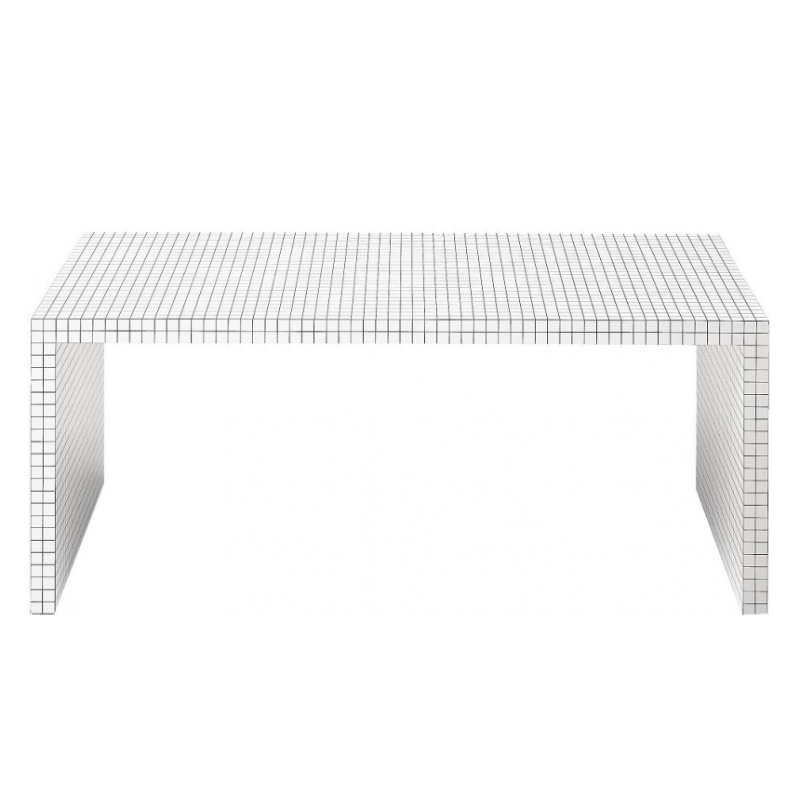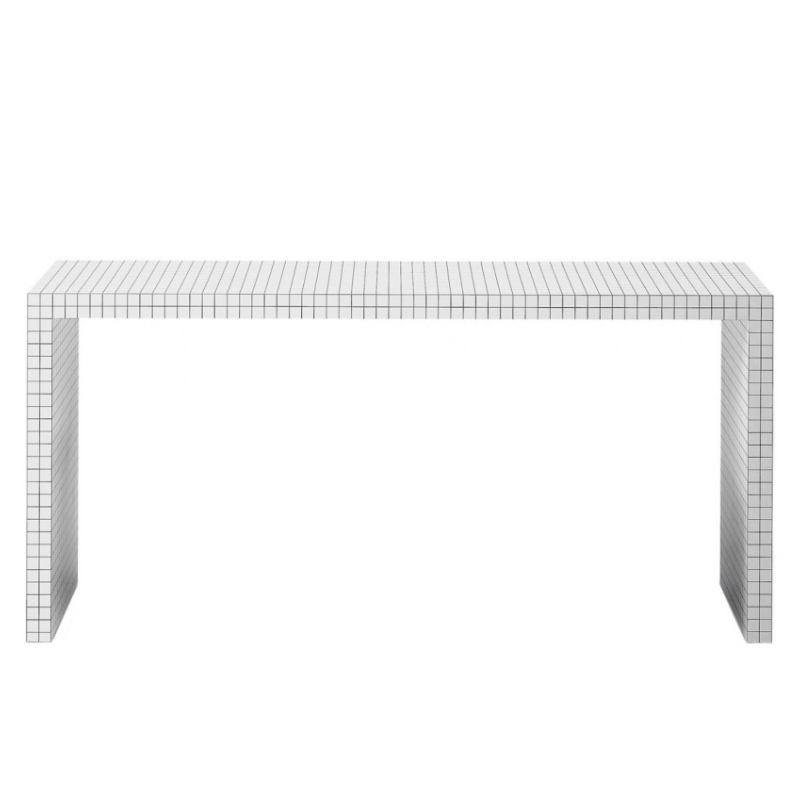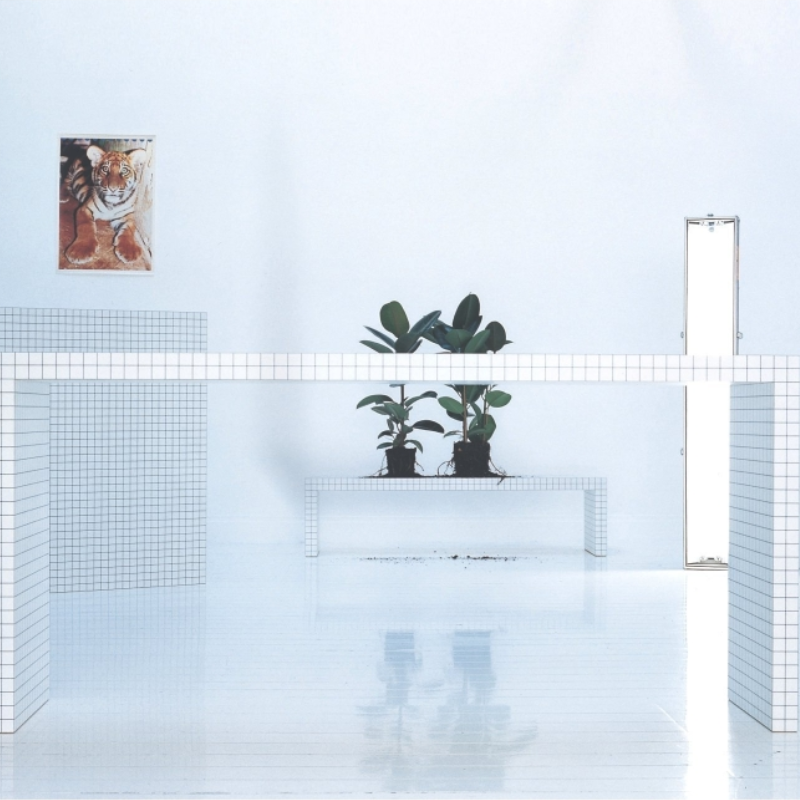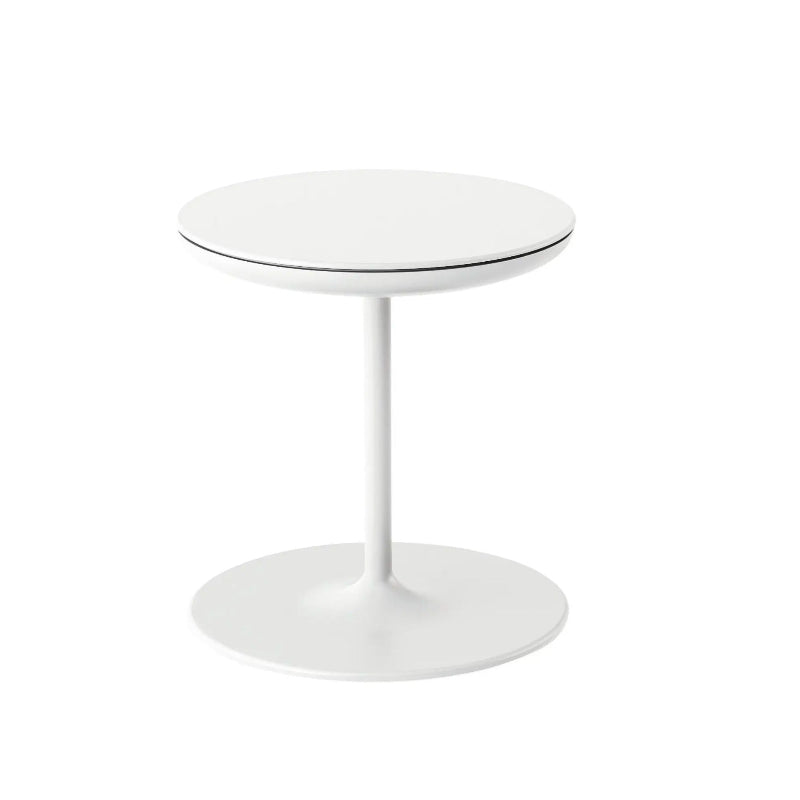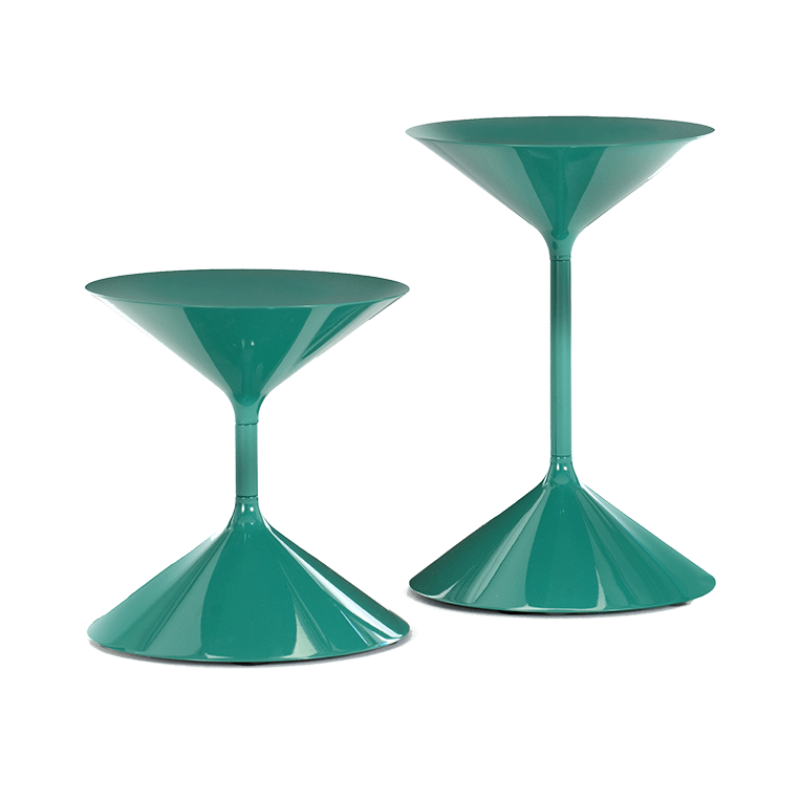Zanotta: A leader in Italian Home Luxury
Zanotta Icons For The Contemporary Living Room
Zanotta has shaped the contemporary living room since 1954. Founded by Aurelio Zanotta in Nova Milanese, the brand set out to merge culture with comfort through precise craftsmanship. Over time, it became a reference for sculptural seating and tables that suit a contemporary living room layout without feeling heavy. In our experience, the pieces carry personality while staying practical for daily use.
Designers reach for Zanotta when a room needs a point of view. The catalog works across apartments, lofts, galleries, and family spaces. Whether you are building a reading corner, editing a conversation area, or tuning a media setup, Zanotta provides forms that sit naturally in a contemporary living room without losing character.
Who Is Zanotta And Why Does It Matter?
Zanotta rose during Italy’s experimental decades of the 1960s through the 1980s. Collaborations with Achille and Pier Giacomo Castiglioni, Gae Aulenti, Alessandro Mendini, and others set the tone for radical yet usable design. The brand pioneered frameless seating, advanced foams, and sculptural metal details that still feel current in a contemporary living room today.
Nearly one fifth of the archive is in permanent museum collections worldwide. That cultural impact is one reason these objects age well. They bring a studied calm to spaces built around art, books, and layered materials.
What Defines Zanotta In A Contemporary Living Room?
Zanotta pieces read as sculptural but remain comfortable. The profiles are clean, the radii are intentional, and the proportions support real lounging. That balance is why the brand fits a contemporary living room with minimal adjustment. Think soft geometry, tuned seat heights, and arms that support relaxed postures without stealing space.
For layered settings, pair a sofa with quiet textiles and add a single statement seat. The effect is strong but controlled, which is exactly what a contemporary living room needs to feel lived in rather than staged.
Why Do Designers Trust Zanotta’s Pioneering Classics?
The Sacco And The Language Of Informal Comfort
The Sacco Bean Bag rewrote the rules for casual seating in 1968. It adapts to the body and invites relaxed postures, which is why bean bag chairs still feel relevant in a contemporary living room. Families use bean bag chairs for flexible seating during movie nights. Studios use bean bag chairs to break up rigid layouts and add warmth without heavy frames.
Mezzadro, Sciangai, And The Small Moves That Matter
Mezzadro turns an industrial tractor seat into a poised perch. Sciangai folds like an oversized pick up sticks sculpture, functioning as a coat stand and visual marker. These compact icons give a contemporary living room a focal point without crowding circulation.
Quaderna And The Architecture Of Grids
The Quaderna Collection uses a precise grid to create tables and benches that feel both graphic and quiet. In rooms with art and books, the geometry supports order and rhythm without stealing attention.
How Do I Pair Zanotta With Seating Styles?
A mid century lounge chair pairs well with a pared back sofa and a low table. In practice, a mid century lounge chair near a window reads as a natural reading zone. For open plans, a mid century lounge chair across from the main sofa keeps conversation angles comfortable while respecting pathways.
When a softer gesture is needed, add a comfy accent chair with a curved back. The shape relaxes hard lines and helps a modern seating plan feel welcoming. Use one statement chair rather than several competing silhouettes to maintain clarity.
Which Tables And Accessories Complete The Layout?
Keep tables disciplined and proportionate. A simple rectangle or a clean round keeps sightlines open and emphasizes the seating. For finishing, a single sculptural lamp and a grounded tray are usually enough.
In tighter rooms, choose compact surfaces that still hold books and a glass. Collections of Occasional Tables allow you to scale up or down as hosting needs change without overwhelming the plan.
Where Does Zanotta Work Best?
Zanotta performs in homes that want muscle and restraint at the same time. The pieces sit comfortably in a modern living room where color, texture, and art share the stage. They also work in study nooks, media rooms, and gallery like spaces that need a single sculptural element to carry the eye.
In family rooms, durable textiles and tuned proportions keep the seating useful every day. In smaller apartments, a single icon can carry the composition as long as the table scale remains modest and pathways stay clear.
Which Pieces Should I Explore First?
Sacco for informal comfort and flexible posture. Milano+ for a tailored sofa with calm geometry. Quaderna when you want a measured grid to organize surfaces. Mezzadro and Sciangai for compact moments that still read as design forward.
For upright reading or task nearby, position a mid century lounge chair with a focused floor lamp and a small table. If you want a softer corner, swap in a curved seat and a low round to create a pocket that feels immediate and calm.
Frequently Asked Questions
What are typical lead times?
Lead times usually range from 6 to 12 weeks depending on upholstery and configuration.
Does Zanotta offer a warranty?
Yes. Two years on coverings and five years on structural components.
Can I customize a piece?
Many items offer choices in fabric, leather, finishes, and sizes to suit specific interiors.
Where can I purchase?
Zanotta is available through Modern Loft and select design showrooms worldwide.

